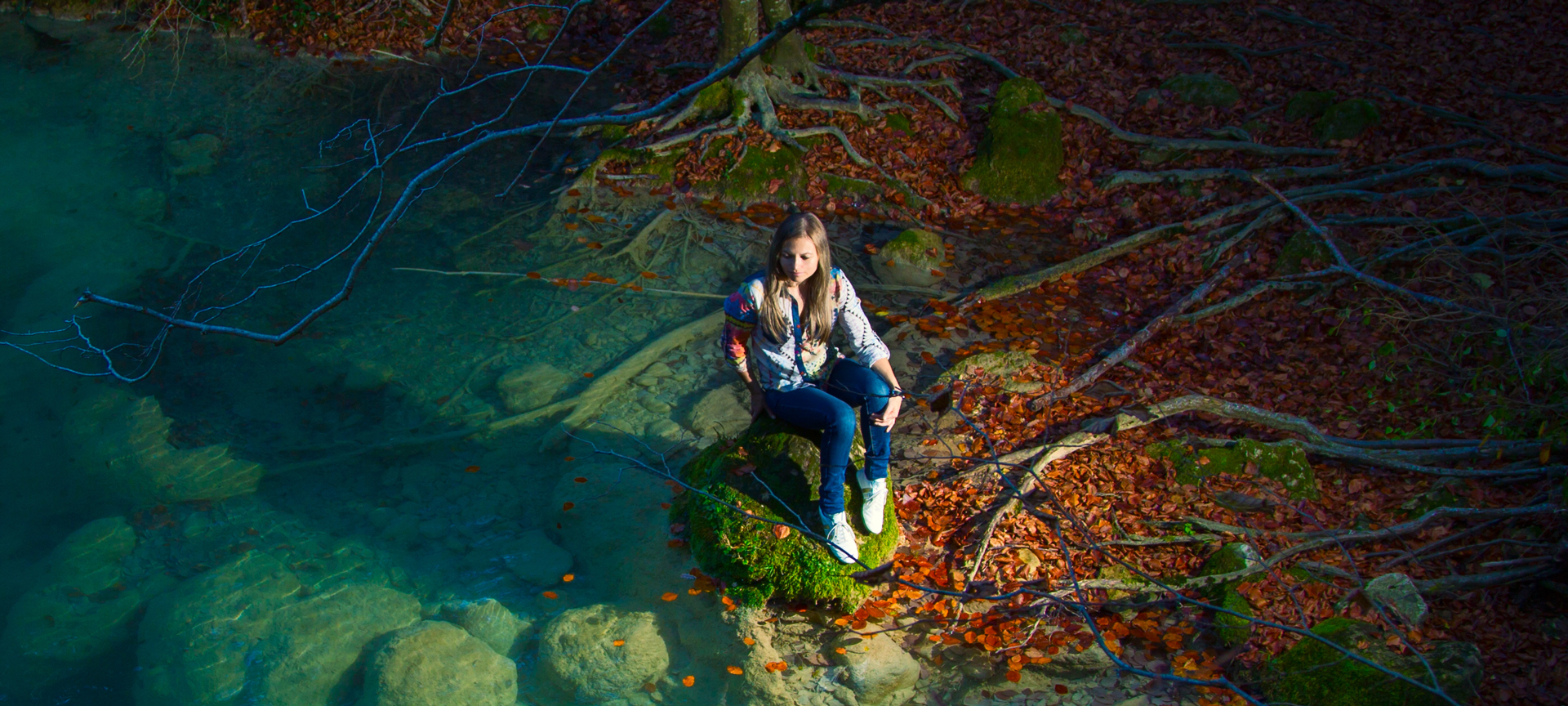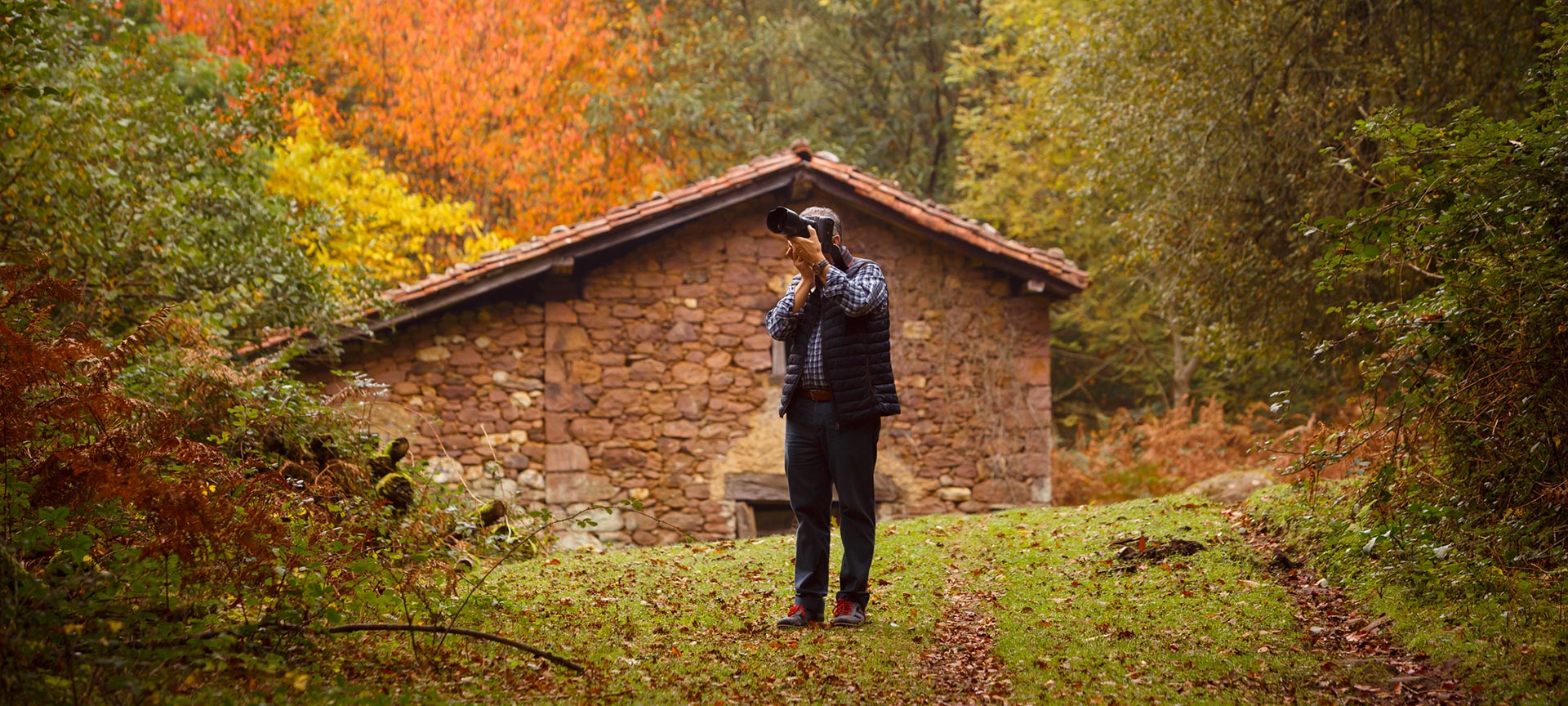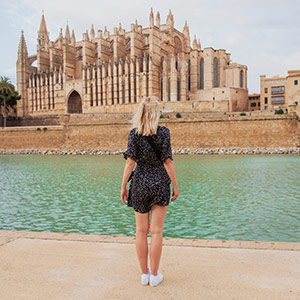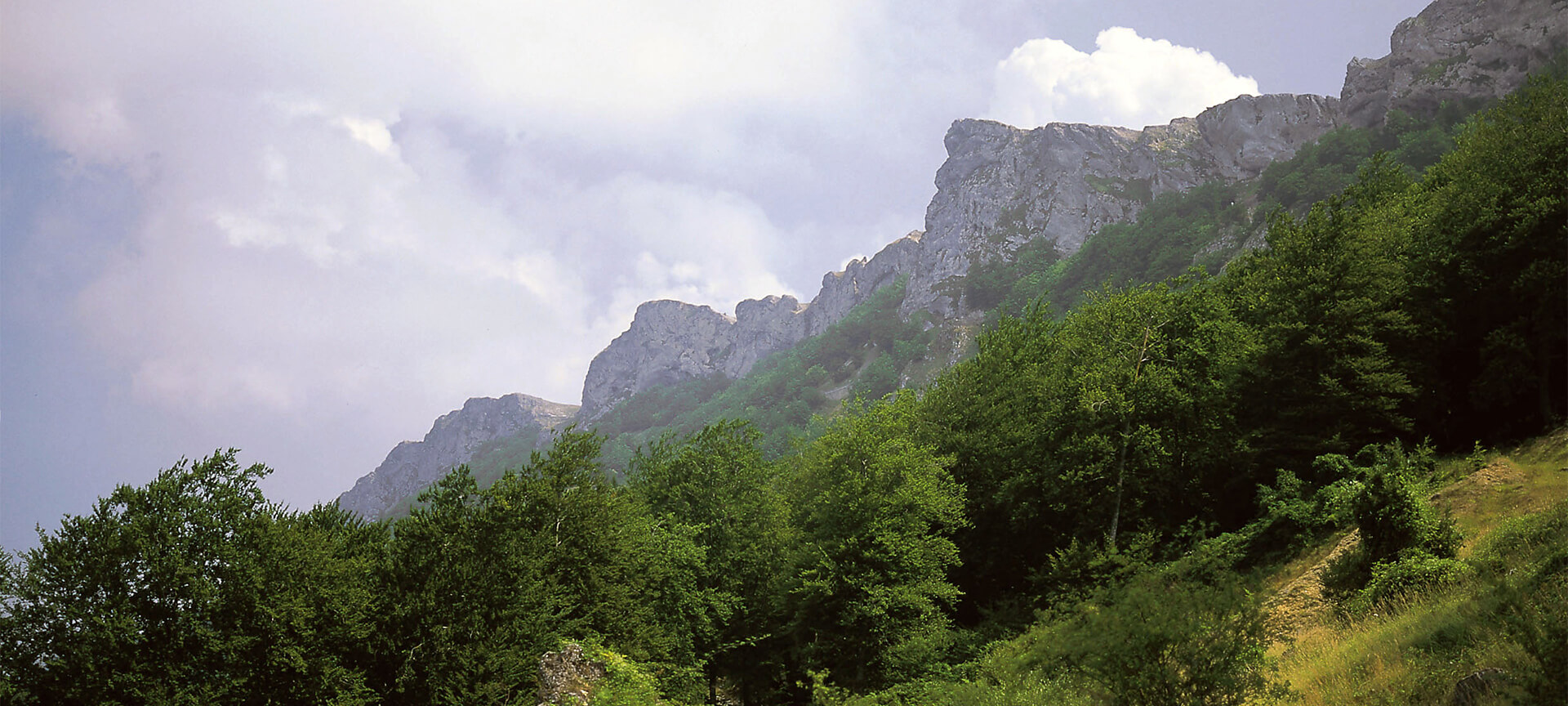
Urbasa and Andía Natural Park
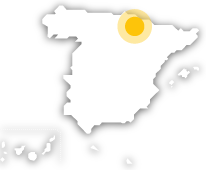
The kingdom of the beech trees
The Urbasa and Andía mountain ranges constitute an impressive karst massif located on the border with the Basque province of Álava, west of Navarre.
The park and its two mountain ranges do not belong to any municipality, but are bordered to the north by municipalities such as Ziordia, Olazti, Altsasu, Urdiain, Etxarri-Aranaz, Ergoiena, Lakuntza and Uharte Arakil and to the south by Améscoa Baja, Eulate, Aranarache and Larraona.The beech forest constitutes the largest forest area in the park, occupying the large plains of the mountain ranges and the north-facing slopes. For its part, the oak forest occupies the southern slopes of Andía and at the headwaters of the Urederra River, oaks, beeches, linden trees and a variety of vegetation abound.
Debe activar Javascript para poder utilizar este servicio
Urbasa and Andía Natural Park
Park Visitor Centre
Carretera NA-718 a 7 km desde Olazagutia, dirección Alto de Urbasa
Navarre (Autonomous Community of Navarre)
Activa JS
What you need to know
-
Cultural information
According to the legal framework of Navarre, the Urbasa and Andía mountain ranges are not part of these regions, but of the region of Navarre in general. They are surrounded by many interesting municipalities, such as Alsasua, Améscoa Baja, Arakil, Bakaiku, Ergoiena, Etxarri-Aranatz, Irañeta, Iturmendi, Guesálaz, Lezáun, Olazti/Olazagutía, Uharte-Arakil, Urdiain, Yerri Valley and Ziordia. For example, 10 km from Uharte-Arakil, a town located at the foot of both the Andía mountain range and the neighbouring Aralar mountain range, is the Romanesque Sanctuary of San Miguel de Aralar, from the 9th to the 12th centuries. It has a beautiful legend and is open all day except from 2 to 4 p.m.
-
Environmental information
The many different ponds and pools are the perfect habitat for amphibians, such as the salamander, marbled newt, natterjack toad and red frog. As for birds, the lesser spotted woodpecker, middle spotted woodpecker, black woodpecker and the short-toed treecreeper stand out in the forests. The golden eagle, the vulture, the eagle owl, the Egyptian vulture, the peregrine falcon, the yellow-billed chough and the alpine swift nest on the steep walls. As for the mountain wildlife, the most notable are the wild boar, genet, wild cat, badger and edible dormouse.
-
Information for visits
The visitor centre is located 7 km from Olazti/Olazagutía in an old road workers' house next to the NA-718, the winding road that runs north-south through the Urbasa mountain range. There is information about the park's themed routes and a permanent exhibition. Further east, parallel to the NA-718, the NA-120 also crosses the neighbouring mountain range of Andía from north to south.
Travel plans for inspiring you
